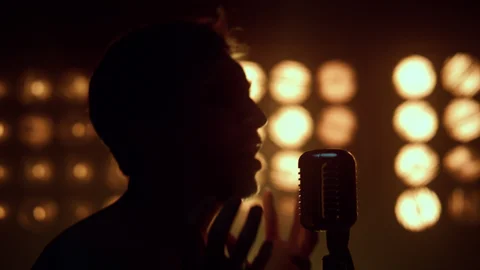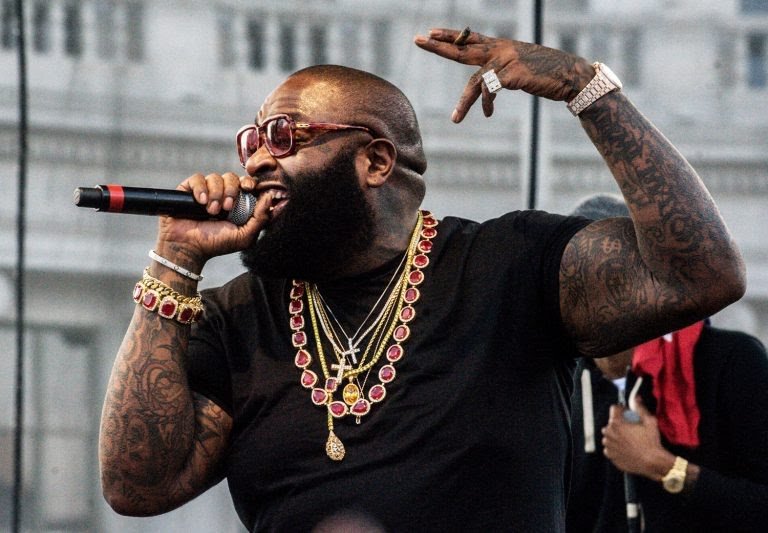
How to Tell a Story in Rap: A Beginner’s Guide
Learn how to tell a story in rap with this easy guide. Discover tips on crafting compelling narratives, using vivid imagery, and connecting with your audience through storytelling in hip-hop.
Rap is more than just rhyming words over a beat, it’s a powerful form of storytelling. When you learn how to tell a story in rap, you can connect with listeners on a deeper level.
Whether you’re sharing personal experiences or fictional tales, storytelling in rap brings your lyrics to life.
1. Understand the Basics of Storytelling
Before diving into rap, it’s essential to grasp the fundamentals of storytelling. Every good story has a beginning, middle, and end.
Start by introducing your characters and setting. Then, build up to a climax or conflict, and finally, resolve the story. This structure keeps your audience engaged from start to finish.
2. Choose a Relatable Theme
Selecting a theme that resonates with your audience is crucial. Common themes in rap include overcoming adversity, love, betrayal, and personal growth.
By focusing on universal experiences, you make it easier for listeners to connect with your story. For example, if you’re telling a story about growing up in a tough neighborhood, many people might relate to that struggle.
3. Create Vivid Imagery
Use descriptive language to paint a picture in the listener’s mind. Instead of saying…
“I was sad”.
Describe the feeling instead, by saying…
“Tears streamed down my face as darkness filled the room.”
This approach allows your audience to visualize and feel the emotions you’re conveying. Strong imagery makes your rap more memorable and engaging.
4. Develop Strong Character
Your story should have well-defined characters with distinct personalities and motivations. Whether it’s yourself or a fictional persona, give your characters depth.
This development makes the narrative more compelling and relatable. Think of characters like Tupac‘s Brenda in “Brenda’s Got a Baby.” Her story was unforgettable because of how real she felt.
5. Use a Consistent Rhyme Scheme
Maintaining a consistent rhyme scheme helps your story flow smoothly. Common schemes include AABB, ABAB, or even more complex patterns.
Nevertheless, consistency keeps the listener engaged and makes your rap more enjoyable. For beginners, start with simpler patterns, then build up your skills.
6. Incorporate Dialogue
Adding dialogue can bring your story to life. By including conversations between characters, you provide insight into their thoughts and emotions.
This technique adds realism and depth to your narrative. For instance, lines like…
“She said, ‘Don’t go outside tonight'” make the story more authentic.
7. Build Tension and Release
A good story has moments of tension that lead to a climax, followed by a resolution. In rap, you can build tension through your lyrics and delivery, then provide a satisfying conclusion.
This structure keeps your audience invested in the outcome. So, don’t rush it, let your story build naturally.
8. Practice Your Delivery
How you deliver your story is just as important as the content. Use vocal inflections, pauses, and emphasis to convey emotions and highlight key moments.
Practicing your delivery ensures your story has the desired impact. Great rappers like J. Cole use tone and rhythm to enhance their stories.
9. Study Storytelling Rappers
Learn from artists known for their storytelling abilities. Listen to tracks by rappers like, Slick Rick, Nas, J. Cole, and Kendrick Lamar.
Analyze how they structure their narratives, develop characters, and use language to evoke emotions. These artists mastered how to tell a story in rap through years of experience and observation.
10. Write Regularly
Like any skill, storytelling in rap improves with practice. Write regularly to hone your craft. Experiment with different themes, rhyme schemes, and perspectives.
Over time, you’ll develop your unique storytelling voice. Keep a journal or notes app to write down ideas as they come.
11. Add Personal Insights
Telling your own story adds authenticity. If you’ve lived through something tough, funny, or unique, turn it into a verse. Your experiences matter.
Fans love rappers who keep it real, and being honest can build a strong connection. When people see you open up, they respect your artistry more.
12. Use Your Environment
Let your surroundings inspire you. Whether you live in the city or the suburbs, every place has stories.
Describe the block you grew up on, the people you know, or the sounds you hear. These details make your rap more vivid and true to life.
13. Keep It Simple
Sometimes, simple words hit harder. You don’t always need big vocabulary to tell a great story. Use words that are easy to understand, especially if you’re just starting.
The power is in how you use them, not how complex they are. Simplicity helps listeners stay with you from the first bar to the last.
14. Keep Your Hook Focused
A good hook ties your story together. Use it to highlight the main theme or message. Keep it catchy and meaningful.
The hook is the part most listeners remember, so make sure it matches the emotion and tone of your story.
15. Edit and Refine
Once you finish writing, go back and revise. Look for weak lines or unclear parts. Improve your rhymes, strengthen your message, and make sure the story flows. Good rappers rewrite their verses several times before they record.
16. Perform for Feedback
Share your rap with friends or other artists. Get their honest thoughts. Ask if they understood the story and if anything was confusing. Feedback helps you grow and learn what works and what doesn’t.
Learning how to tell a story in rap is a journey that combines creativity, structure, and emotion. By understanding storytelling basics, choosing relatable themes, and practicing your delivery, you can craft compelling narratives that resonate with listeners.
Remember, every great rapper started somewhere, and with dedication, you too can master the art of storytelling in hip-hop.
Telling stories through rap gives you a voice that people will listen to. Whether it’s joy, pain, struggle, or triumph, someone out there will relate.
Keep pushing, keep writing, and never stop improving. That’s the true path to mastering how to tell a story in rap.





